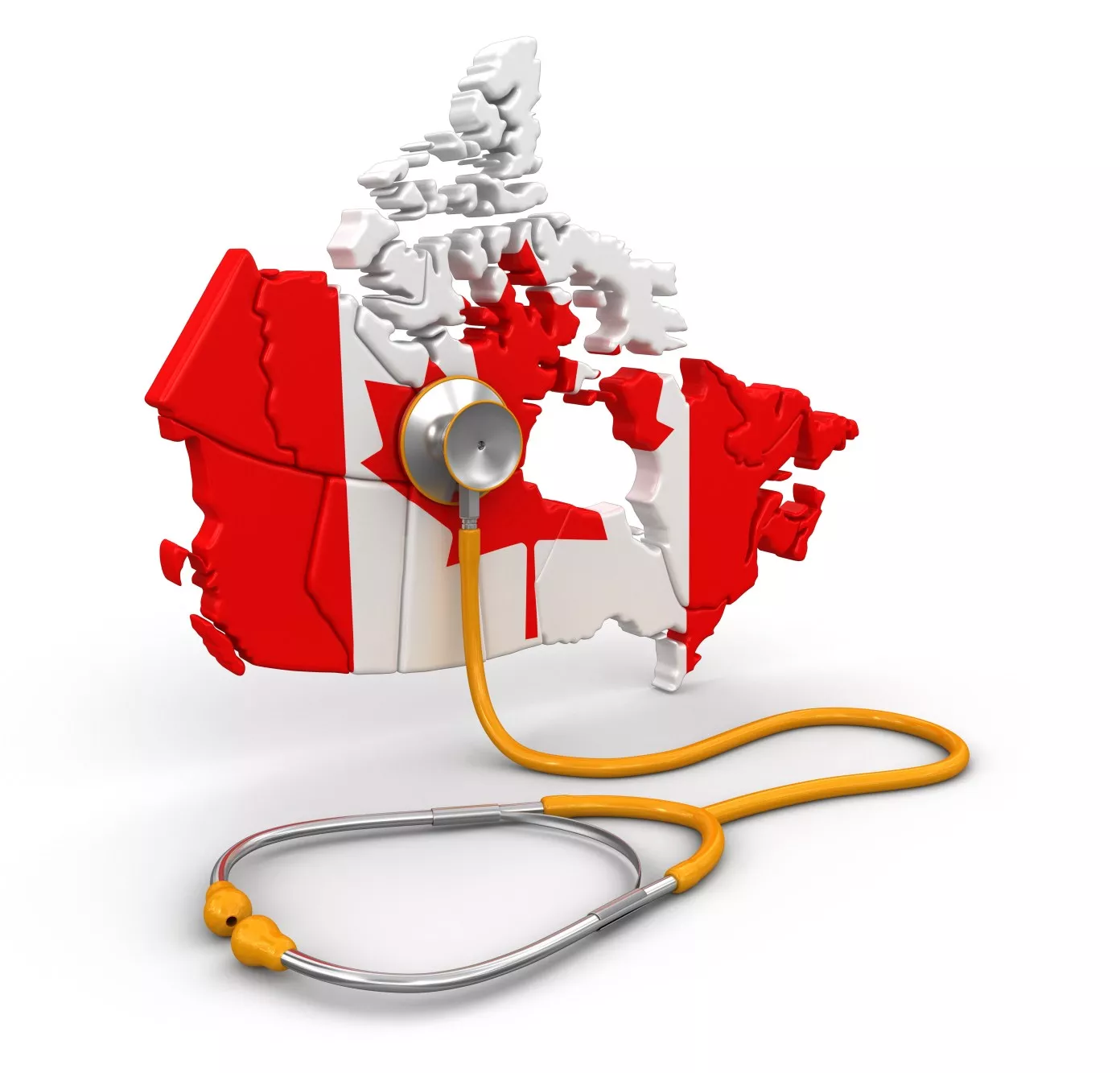
Canada’s Healthcare Crisis: The Urgent Need for More Healthcare Express Entry Draws
Canada’s healthcare system is in critical condition, grappling with a severe shortage of healthcare professionals. Nurses, doctors, and other vital healthcare workers are urgently needed to address a situation that is not just an administrative failure but a life-or-death matter for thousands of Canadians. However, a potential solution remains underused: healthcare-specific Express Entry draws.
This article delves into the issues plaguing the Canadian healthcare system, the promise of immigration to alleviate the crisis, and why more needs to be done to address the deadly waitlist backlog and shortages.
The Healthcare Labor Crisis: A System in Collapse
In 2022, the Canadian healthcare sector reported a staggering 143,695 unfilled job vacancies, representing the highest vacancy rate of any sector. According to the Canadian Institute for Health Information (CIHI), Ontario alone faces a projected shortage of 33,200 nurses by 2032. A combination of an aging workforce, the long-lasting impact of the pandemic, and an expanding elderly population needing care has contributed to an increasingly dire situation.
The consequences are severe, with long wait times for medical procedures becoming more common. Tragically, some Canadians are waiting for treatments that may come too late. As healthcare systems stretch thinner, more lives are put at risk due to extended waitlists.
The Human Toll: Canadians Dying on Waitlists
The human cost of this healthcare crisis is immense. According to a 2025 report by SecondStreet.org, over 74,000 Canadians have died on waiting lists since 2018. In 2023-24 alone, 15,474 Canadians perished waiting for critical medical care. The situation in Nova Scotia is particularly harrowing, with 50 deaths potentially linked to delays in receiving essential procedures such as cancer surgeries.
The average wait time for a patient from referral to treatment reached an all-time high of 27.7 weeks in 2024, according to the Fraser Institute, a sharp rise from just 9.3 weeks in 1993. These delays are not just statistics—they represent human lives lost due to a healthcare system that can no longer keep up with demand.
Can Express Entry Help? The Healthcare Immigration Solution
The Express Entry system, Canada’s main immigration pathway for skilled workers, could be a critical part of the solution to this healthcare labor crisis. In 2023, the Immigration, Refugees, and Citizenship Canada (IRCC) revamped the system to prioritize healthcare workers, introducing category-based draws that specifically target healthcare professionals, such as doctors, nurses, and paramedics.
The government’s vision was clear: to use immigration to fill the vacancies left by the shrinking domestic workforce. The first targeted healthcare draw took place on June 28, 2023, inviting 500 candidates, with a Comprehensive Ranking System (CRS) score of 476. By the end of 2024, the program had issued approximately 15,850 invitations to apply (ITAs) through healthcare-specific draws.
However, the reality is far from sufficient. For comparison, Ontario alone needs 33,000 more nurses by 2032, and the current pace of Express Entry draws isn’t coming close to meeting these urgent demands.
The Current Draws Aren’t Enough: The Need for More Healthcare ITAs
Despite the promising introduction of category-based draws, the numbers don’t add up. In total, Canada issued fewer than 10,000 ITAs for healthcare workers annually through the Express Entry system, which is a mere fraction of the number required to fill the vacancies across the country.
Here’s a snapshot of the recent healthcare-specific draws and the number of ITAs issued:
| Date | ITAs Issued | Minimum CRS Score |
|---|---|---|
| June 28, 2023 | 500 | 476 |
| July 6, 2023 | 1,500 | 463 |
| Oct 26, 2023 | 3,600 | 431 |
| Feb 14, 2024 | 3,500 | 422 |
| July 5, 2024 | 3,750 | 445 |
| Nov 20, 2024 | 3,000 | 463 |
Despite these numbers, the system is moving too slowly to address the massive shortage. Canada’s healthcare sector needs tens of thousands of workers, not just a few thousand each year.
Challenges for Immigrant Healthcare Workers: Barriers to Entry
While Express Entry offers a route to address these shortages, many foreign-trained healthcare professionals are facing significant barriers in entering the workforce. One of the main obstacles is the recognition of foreign credentials. Many immigrants, like Maria, a nurse from the Philippines, face challenges when their qualifications aren’t recognized in Canada without costly retraining.
Language barriers also pose a significant challenge. Studies have shown that limited proficiency in English or French makes it difficult for immigrant healthcare workers to provide high-quality care, with many unable to meet Canada’s strict language requirements.
Moreover, cultural integration is another hurdle. Immigrants often find themselves navigating a system vastly different from what they are accustomed to, further complicating their ability to deliver care efficiently.
The Global Context: Comparing Canadian Healthcare Immigration to the U.S.
Canada’s healthcare immigration strategy is modest when compared to other countries like the U.S., which annually issues tens of thousands of visas to foreign healthcare professionals, including nurses, doctors, and therapists. While Canada’s Express Entry system processes skilled worker applications in 6-12 months, the U.S. system—primarily through the H-1B and EB-3 visa programs—can take several years for healthcare professionals to obtain permanent residency.
Canada’s smaller scale in healthcare immigration becomes evident when compared to the U.S., which grants around 131,000 H-1B visas annually, including for healthcare professionals. Canada needs to ramp up its immigration targets to align with the scale of the crisis, especially in light of the growing demand for healthcare workers.
What Needs to Be Done? The Road Ahead
The time for action is now. Canada must increase the number of healthcare-specific ITAs issued annually to at least 20,000. Scaling up Express Entry draws could significantly ease the labor shortage and provide the necessary workforce to address the healthcare system’s needs.
Additionally, streamlining credential recognition and offering fast-track programs for internationally trained professionals would help immigrants integrate faster and begin working without unnecessary delays.
Provinces should also invest in language training programs to help immigrants meet language benchmarks and enhance patient care. Cultural integration programs that pair newcomers with experienced Canadian healthcare workers could ease the transition and help reduce burnout.
Ultimately, Canada’s healthcare crisis is a dire problem that demands immediate action. The country has the tools to fix it—an immigration system that can bring in skilled workers, a need for those workers, and a world-class healthcare system in desperate need of help.
For a consultation about Immigration options, reach out to the CAD IMMIGRATION today!





